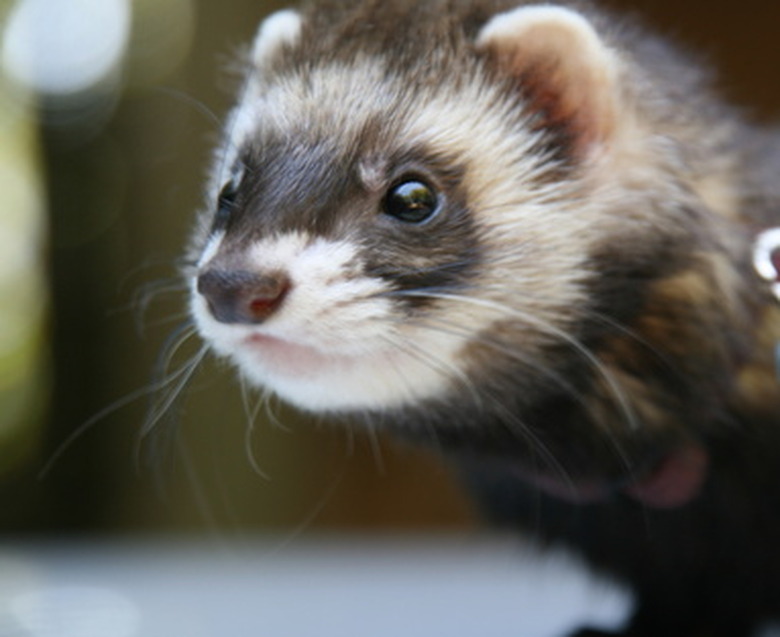What Is The Natural Habitat Of A Ferret?
Ferrets are long, soft, weasellike animals who have been domesticated for thousands of years but became popular as pets in North America in the 1980s. Ferrets were kept in feed and grain facilities in the 1800s to keep the rodent population down. In the wild, ferrets live in North America, North Africa, and Western Europe.
Ferrets are not rodents as many commonly assume. Ferrets are members of the weasel family, like minks. Other weasel-related animals include polecats, stoats, and ermines. Likely, the ferrets kept as pets today are descendants of the European polecat. The black-footed ferret is the only ferret native to North America.
Ferrets in the wild: North America
Ferrets in the wild: North America
The wild black-footed ferret, sometimes called the North American polecat, lives in short-grass prairies. These ferrets exist in the wild but only thanks to strident conservation efforts. In 1981, the species was believed to be globally extinct until a small colony was found in Wyoming and taken into captivity. Seven reproduced, and today, all black-footed ferrets in North America are relatives of that original seven.
In 1991, a successful conservation program reintroduced the black-footed ferret into select supervised sites in the U.S. and Mexico. As part of the species recovery program, ferrets are bred at seven North American locations with the intention of releasing them into the wild. For instance, in 2009, 34 captive-bred black-footed ferrets were successfully reintroduced into Grasslands National Park in Canada, reestablishing colonies in that country. Currently, there's about 1,000 wild ferrets in North America.
Ferrets in the wild: Europe
Ferrets in the wild: Europe
The European wild polecat looks like the black-footed ferret and is close enough genetically that it can breed with them, creating a wild polecat/ferret hybrid. Polecats are found throughout Britain, and like their North American counterpart, they were once hunted or exterminated to near extinction.
Today, the number of polecats in the wild is increasing in Britain thanks to protection efforts, but they are elusive, and exact numbers are difficult to determine, particularly because many have mated with feral domesticated ferrets. Unfortunately, the numbers of polecats in other parts of Europe are declining for reasons that haven't been determined.
Wild ferret habitat
Wild ferret habitat
The North American wild ferret habitat is grasslands. They live in the prairies, targeting prairie dogs as their primary food source. Other prey includes small rodents and ground-nesting birds. Black-footed ferrets also live in the burrows of prairie dogs, where they raise their young, called kits. A group of ferrets is called a business.
European polecats and polecat/ferret hybrids are less selective about their chosen habitat. Polecats live in wetlands, grasslands, and lowland landscapes as well as on agricultural land. Like many weasel-related animals, they don't create their own homes but burrow in rabbit dens. Rabbits are the primary source of food for polecats as well as small rodents, amphibians, and birds.
Pet ferret characteristics
Pet ferret
characteristics
In the wild, ferrets live for three years and in captivity, five to seven years. Ferrets are weasels, not rodents, so they have unique requirements as pets. They require large cages with hammocks and climbing options because they are active and curious creatures. Daily attention and exercise are important. Unfixed ferrets also have a strong musty scent, which is a common trait in weasels.
Ferrets can carry illness-causing bacteria, so it's recommended that you wash your hands after handling ferrets. They do not make good pets for children under 5 years old for this reason, and they can bite harder than most rodents. They tolerate being handled well but only by trusted adults.
